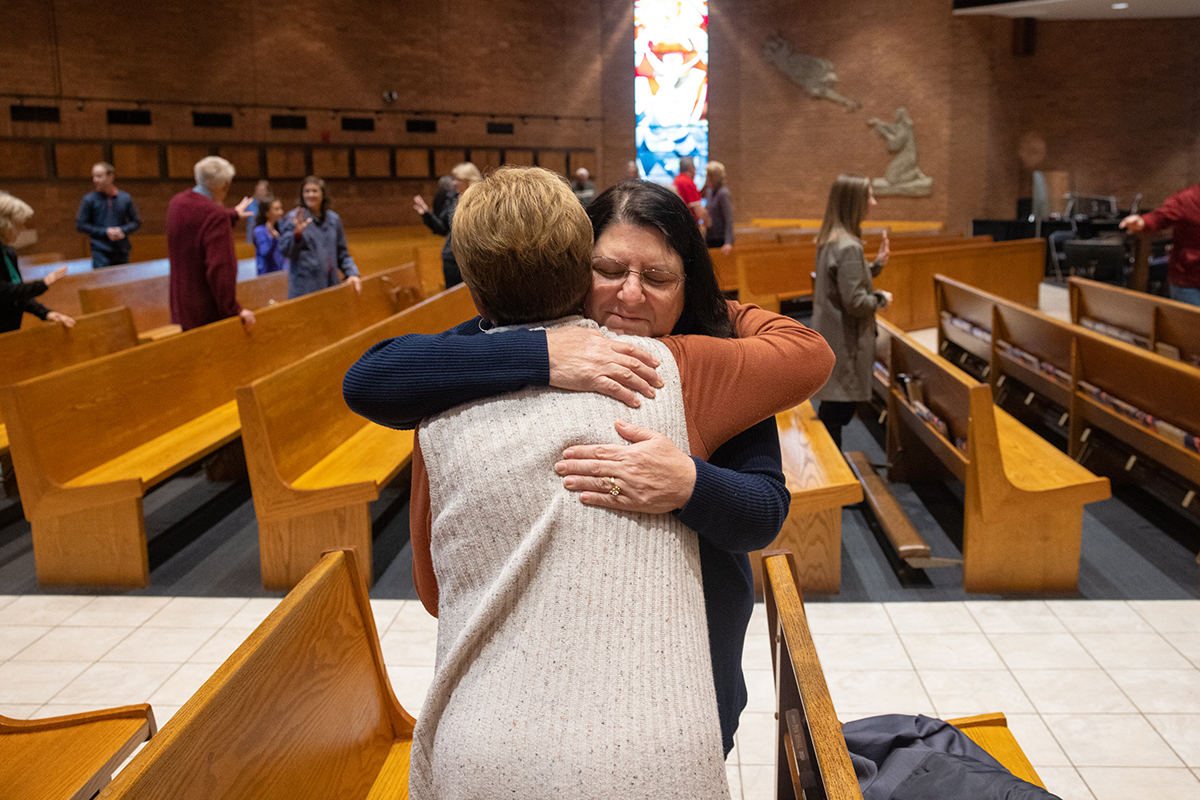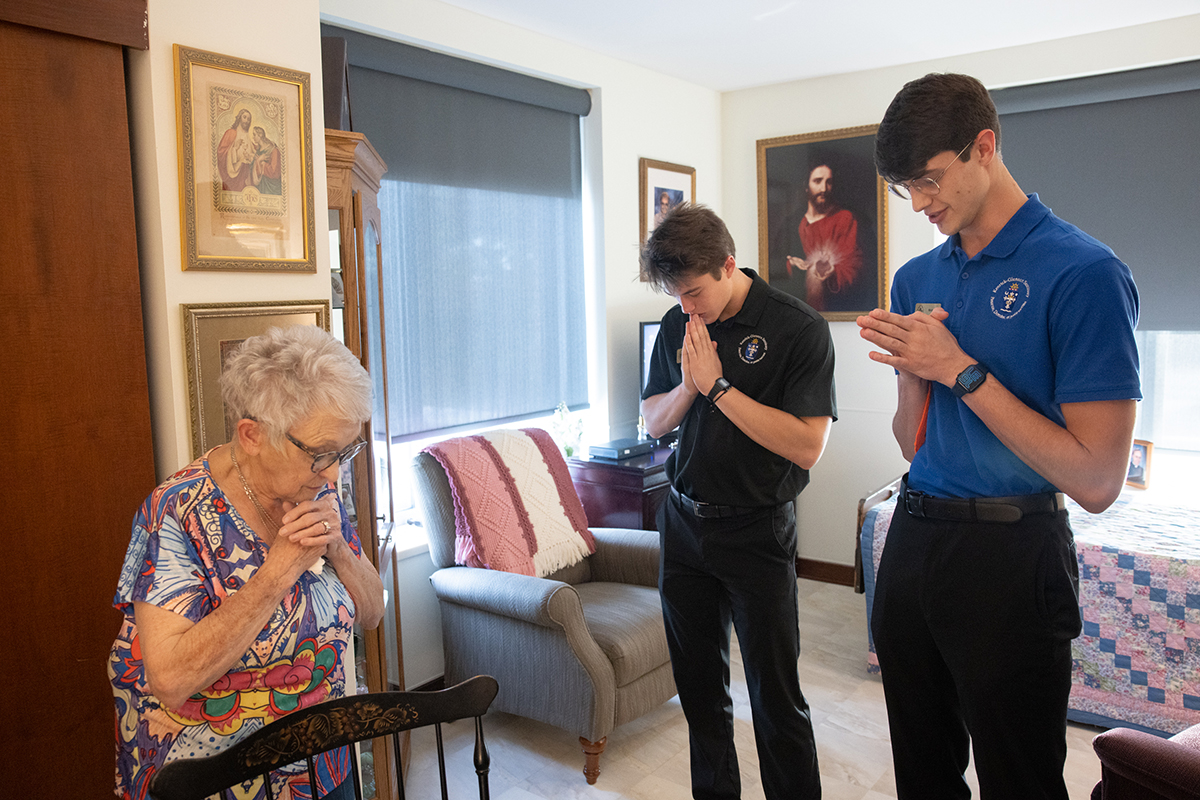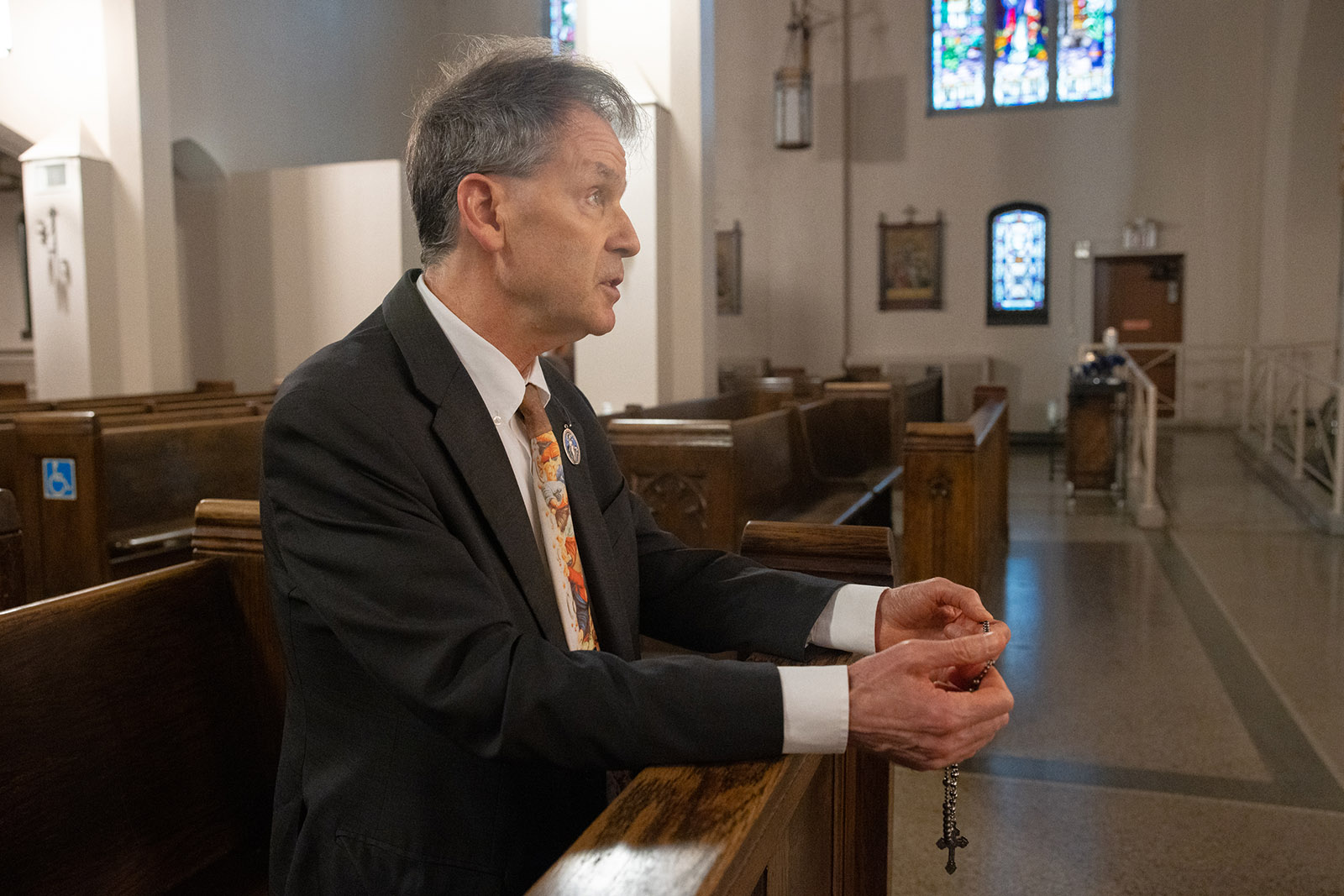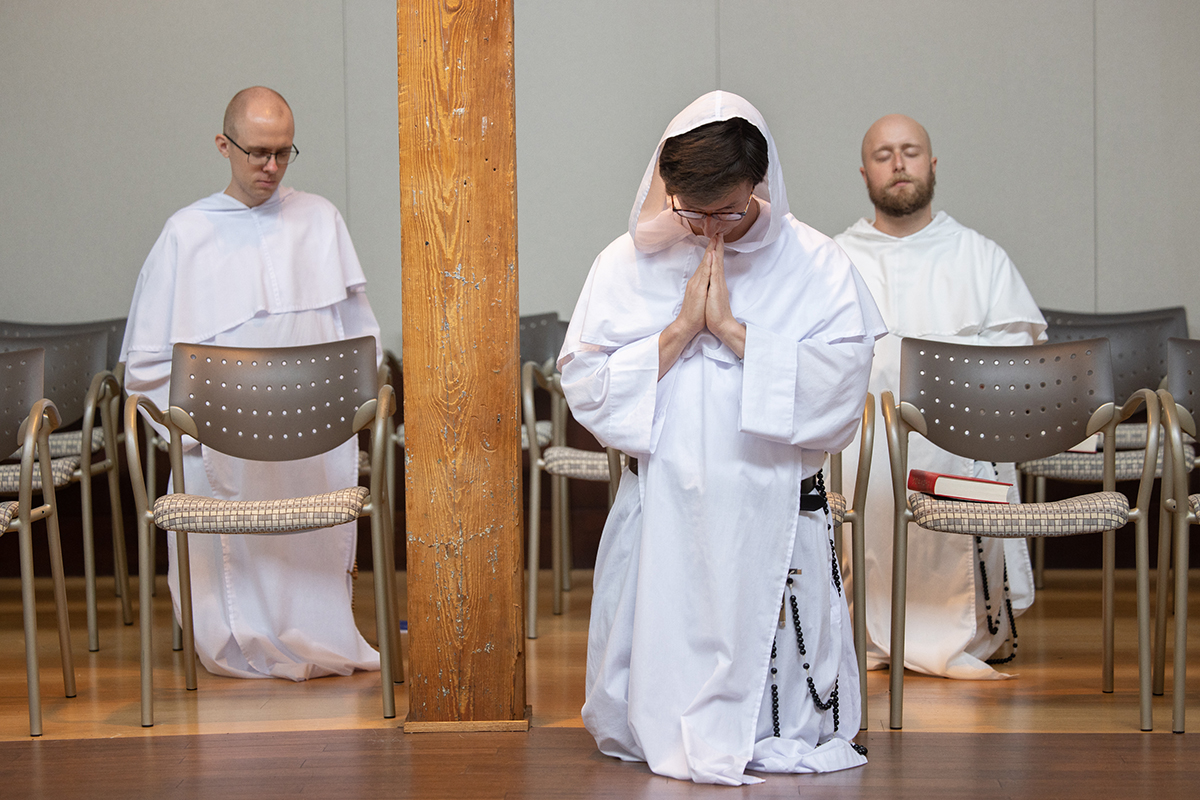The mystery — and science — of Christmas

Gazing at the Star of Bethlehem, Magi traveled to pay homage to the Christ child
In the era of GPS navigation, the most direct route east from Tehran to Jerusalem would take about 24 hours by car, almost 1,125 miles, exclusive of delays in crossing into and out of Iraq — never mind the dangers.
In other words, this trip, fraught with danger, requires an urgent need to travel.
By foot, on horseback or camelback, the three wisemen would have needed two or three months to make the long, arduous and difficult journey to Jerusalem from ancient Persia, which is modern-day Iran. But they certainly had ample reason to make it: the birth of The King, capital “T” — our Lord and Savior, Jesus Christ.
But what possessed the Magi — known to us as Caspar, Melchior and Balthazar — to make this dangerous trek?
“We saw His star at its rising and have come to do Him homage,” the Magi told Herod in Matthew 2:2.
The Star of Bethlehem has become integral to the Nativity story, with the Magi visiting Jesus to pay Him homage, presenting Him gifts and fulfilling an Old Testament prophecy.
“I see him, though not now; I observe him, though not near: A star shall advance from Jacob, and a scepter shall rise from Israel … ” (Numbers 24:17)
In Sacred Scripture, the Magi only appear in the Gospel of Matthew, but more than a fanciful story to add to the Nativity, it provides one of the two “historical anchorings for the event of Christmas,” according to Father Charlie Samson, an archdiocesan priest and professor at Kenrick-Glennon Seminary.
The other is the death of Herod the Great, which also helps “locate the Christmas events in history,” Father Samson said.
The Magi
Contrary to popular imagery of the Magi doing a pop-in at a manger in Bethlehem just after Jesus birth, Matthew’s Gospel locates the visit about two years later. (Indeed, the Church separates the Nativity and the Epiphany on January 6 by almost two weeks).
Herod “ordered the massacre of all the boys in Bethlehem and its vicinity two years old and under, in accordance with the time he had ascertained from the Magi.” (Matthew 2:16)
After their audience with Herod, the star led them to Bethlehem.
“And behold, the star that they had seen at its rising preceded them, until it came and stopped over the place where the child was. They were overjoyed at seeing the star.” (Matthew 2:9-10)
At the time, only toddler Jesus and mother Mary were at home. Joseph was out and about, perhaps working as a carpenter.
“On entering the house they saw the child with Mary His mother. They prostrated themselves and did Him homage. Then they opened their treasures and offered Him gifts of gold, frankincense, and myrrh.” (Matthew 2:11)
The presence of the star has led to a “big debate,” said Father Samson. “There have been a lot of theories about what the heck happened, what the Magi saw.”
One theory, presented by Jesuit Father John J. Kilgallen in “A New Testament Guide to the Holy Land,” is that the “star” actually was Mars, Jupiter and Saturn in a “conjunction” or “syzygy,” which would have aligned them in such away as to appear as one bright object for an observer on earth without the benefit of a telescope.
According to Father Kilgallen, astronomer Johnnes Keppler, considered by many to be the first astrophysicist, discovered this rare three-planet alignment in 1604 and, through measurements of planetary movement — among his specialties — estimated it occurred every 805 years. Back-dating the phenomenon from 1604 would mean it also happened in 799 A.D. and 6 B.C., which is considered to be the time of Jesus’ birth.
However, the accuracy of computing the exact location of the planets more than 2,000 years ago is problematic, given that the gravitational pull of the sun and planets changes planets’ orbit over time. Still, such computations might be too much “inside baseball” for non-astrophysists.
“The main point is that this cosmic event happened right before Jesus was born,” Father Samson said.
The “star” also explains why the Magi would have come in the first place.
“Magi is a Persian word meaning ‘stargazer’,” Father Samson said. “They’re the ones looking to the heavens to divinize the future. In those days the sections of the heavens were significant, and the section of the heavens where those three planets came together signified an event of extreme importance in the western part of the world will have occurred. Of course Israel is west of ancient Persia, so they traveled west to figure out what it was.”
Herod the Great
The Magi’s first stop in the Holy Land was to visit Jerusalem and King Herod the Great, who was alarmed by the birth of a king and potential rival to the throne. He wanted the Magi to locate Jesus in Bethlehem then rat Him out, lying to them that he also wanted to “do Him homage.” (Matthew 2:6)
“Warned in a dream not to return to Herod, (the Magi) departed for their country by another way,” (Matthew 2:12)
Likewise, Joseph also experienced a dreamlike warning that Herod wanted to destroy the child Jesus, so the Holy Family escaped to Egypt just as Herod ordered “The Massacre of Infants.” Later, Joseph learned in another dream that Herod had died and it was safe to leave Egypt and return.
It was not unlike Herod to order the slaughter of innocents.
“We know that Herod was an awful character,” said Ed Hogan, a professor and the academic dean at Kenrick-Glennon Seminary. “He killed rivals to the throne … He was maniacal about his own power.”
Science also puts Herod’s death into historical context.
“Herod died in 3 B.C. and we know this because the Roman historian Flavius Josephus says Herod the Great died in the year of an eclipse before the Passover,” Father Samson said. “In 3 B.C., there was an eclipse right before Passover.”
Herod’s death has a providential element apart from science. While he wanted to kill the two-year-old Jesus at Passover in 4 B.C., Herod was dead before the very next Passover.
The providential death of Herod and the science in the Christmas story “are just fascinating,” Father Samson said. “And very cool.”
Christmas begins a joyous season
Culture would have us believe that Christmas is a one-off holiday, driving the economy with the official shopping season commencing on Black Friday … but unofficially whenever stores start selling Christmas gear. Christmas seems to end with lights-out on Dec. 25.
But Christmas is way more than a secular shopfest. The four Sundays of Advent “prepare ye the way of the Lord,” and Christmas celebrates His birth — God made flesh — a major celebration of the Church’s liturgical calendar.
The United States Conference of Catholic Bishops describes Christmas as “the feast of the Incarnation, the feast of God becoming flesh (the Latin ‘in carne’ means ‘enfleshment’). …Every Eucharist is like Christmas where the bread and wine are transformed into His flesh, His Body and Blood, and, in a sense, He is born anew on the altar.”
Rather than just a one-day event, Christmas Day starts the Christmas Octave within the Christmas Season.
The Christmas Octave is an eight-day celebration which ends Monday, Jan. 1 — the Octave Day — with the Solemnity of the Blessed Virgin Mary, the Mother of God. “At the beginning of the new year, the Church invites us to contemplate Mary’s divine maternity as an icon of Peace,” Pope Francis said on the Solemnity of Mary in 2016.
The Christmas Octave also includes four feast days: Wednesday, Dec. 26 — St. Stephen, the first martyr; Thursday, Dec. 27 — St. John, Apostle and Evangelist; Friday, Dec. 28 — The Holy Innocents, martyrs; and Sunday, Dec. 30 — the Holy Family of Jesus, Mary and Joseph.
Meanwhile, the Christmas season goes until Jan. 13, with the Solemnity of the Epiphany of the Lord on Sunday, Jan. 6 (to celebrate the Magi arriving with gold, frankincense and myrrh) then the Baptism of Our Lord on Sunday, Jan. 13.
“During this season, we celebrate the birth of Christ into our world and into our hearts, and reflect on the gift of salvation that is born with Him … including the fact that He was born to die for us,” the U.S. bishops stated.
In the era of GPS navigation, the most direct route east from Tehran to Jerusalem would take about 24 hours by car, almost 1,125 miles, exclusive of delays in crossing … The mystery — and science — of Christmas
Subscribe to Read All St. Louis Review Stories
All readers receive 5 stories to read free per month. After that, readers will need to be logged in.
If you are currently receive the St. Louis Review at your home or office, please send your name and address (and subscriber id if you know it) to subscriptions@stlouisreview.com to get your login information.
If you are not currently a subscriber to the St. Louis Review, please contact subscriptions@stlouisreview.com for information on how to subscribe.







